1. Major Functionality
1.1. Business Flows
1.1.1. Understand Demand
1.1.1.1. collections
1.1.2. Plan for Demand
1.1.2.1. baseline forecast
1.1.3. Shape Demand
1.1.3.1. Seasonality
1.1.3.2. Causality
1.1.3.3. Outliers
1.1.4. Respond to Demand
1.1.4.1. base overrrides
1.1.4.2. consensus forecast
1.2. Architecture
1.2.1. Levels
1.2.2. Series (few key ones)
1.2.2.1. History
1.2.2.2. History Override
1.2.2.3. Forecast baseline
1.2.2.4. Baseline Override
1.2.2.5. Final Forecast
1.2.3. Worksheets
1.2.3.1. Display
1.2.3.2. Series
1.2.3.3. Time
1.2.3.4. Aggregation
1.2.3.5. Filters
1.2.3.6. Exceptions
1.2.3.7. Layout
1.2.4. Collaborator Workbench
1.2.5. Member Management
1.2.6. Member Chaining
1.2.7. Forecasting Tree
1.2.8. Expressions
1.2.8.1. serevrside
1.2.8.2. clientside
1.2.9. Collections
1.2.9.1. Workflow: EBS Full Download
1.2.9.2. Shipping and Booking history
1.2.10. Business Modeler (Windows)
1.2.11. Analytical Engine
1.2.12. Proportioning
1.2.12.1. by previous history
1.2.12.2. by another series
1.3. Internal Control
1.4. Trading entities
1.4.1. OEM
1.4.2. OEM warehouse
1.4.3. Distributor
1.4.4. Retailer
1.4.5. End Customer
1.5. Features
1.5.1. Sell-Through Forecast
1.5.1.1. POS data
1.5.1.2. Promotional data
1.5.1.3. Customer forecast
1.5.2. Sell-In Forecast
1.5.2.1. Sell-Through Forecast
1.5.2.2. Target On-hand
1.5.2.3. Intransit
1.5.3. Final Forecast
1.5.3.1. Sell-In Forecast
1.5.3.2. Allocation/Palletization
1.5.3.3. Supply Commitment
2. Technical Niche
2.1. Profile Options
2.2. Application Short name
2.3. Concurrent programs
2.4. Responsibilties
2.5. Securing Attributes
2.6. Workflows
2.6.1. EBS Full Download
2.7. Tables
2.7.1. staging
3. Minor Functionality
3.1. Shape Modeling
3.2. Causal Factors
3.3. Simulation Engine
4. Adjacent Areas
4.1. AFDM
4.2. RT S&OP
4.3. Predictive Trade Management
4.4. Demand Signal Repository
4.5. Value Chain Planning stack
4.5.1. Trade Management
4.5.2. Trade Optimization
4.5.3. Demand Planning
4.5.4. Sales & Operations Planning
4.5.5. Network Optimization
4.5.6. Distribution Planning
4.5.7. Replenishment Planning
4.5.8. Transportation Management
4.5.9. Product Lifecycle Management
5. R12 distinctive advantages
6. Mathematical models
6.1. high volume items, established sales patterns
6.1.1. exponential smoothing
6.1.2. box jenkins
6.1.3. dynamic regression
6.2. low volume items, sporadic sales patterns
6.2.1. Croston's intemittent model
6.3. New item, NPD
6.3.1. Forecast by Analogy
6.3.2. Bass model
6.4. other
6.4.1. Discrete
6.4.2. Simple Model
6.4.3. Curve Fit

